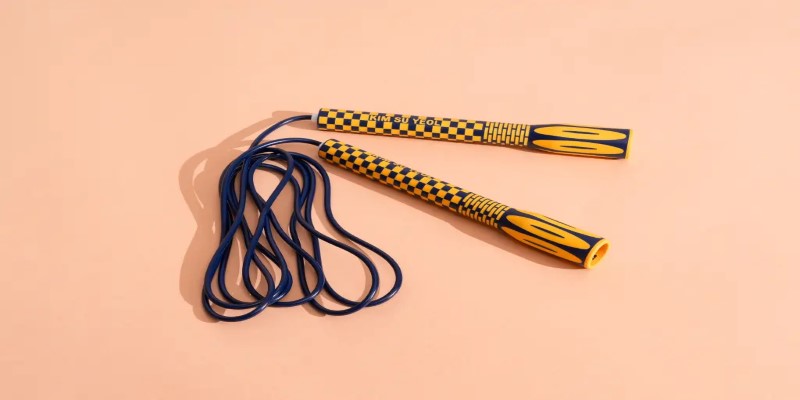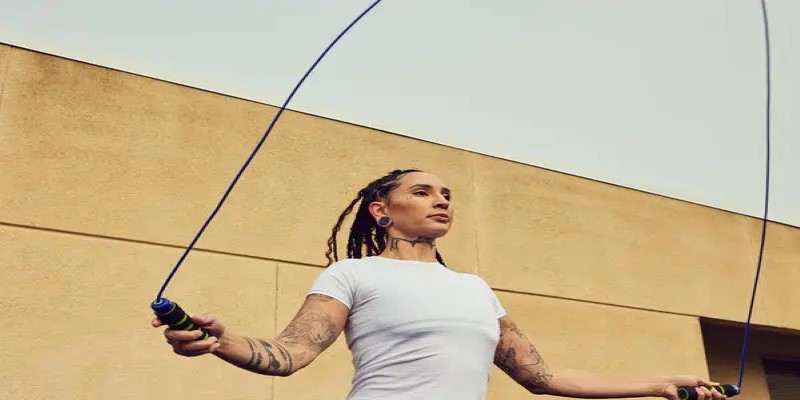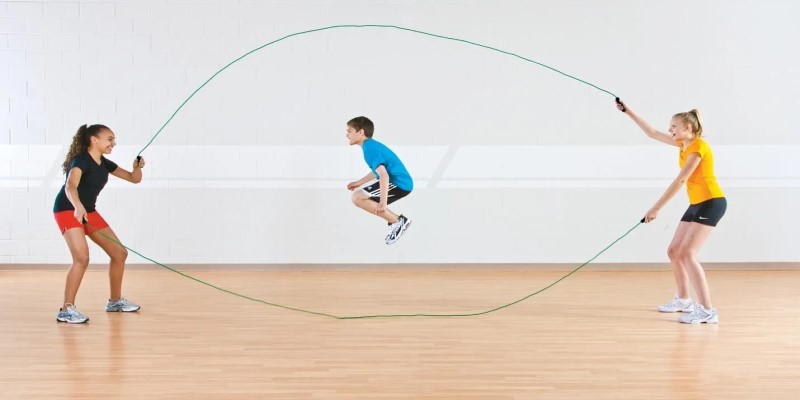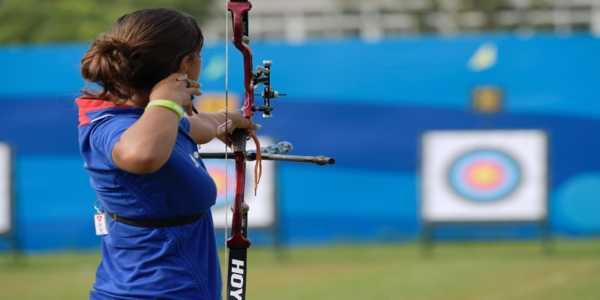What You Need To Master Competitive Jump Rope
Jump rope isn’t just a childhood pastime—it’s a highly competitive sport that demands speed, precision, and endurance. Whether you’re aiming to dominate in freestyle, speed events, or double Dutch, mastering competitive jump rope takes more than just hopping over a rope. It requires technique, conditioning, mental focus, and the right gear.
If you’re ready to elevate your jump rope skills to the competitive level, this guide will walk you through everything you need to know.
Get The Right Rope For Your Skill Level

Not all jump ropes are created equal. In competitive jump rope, your equipment can make or break your performance.
Speed Ropes
These are lightweight with thin cables and ball bearings, allowing for rapid rotations. Perfect for speed events and double unders.
Freestyle Ropes
Often made of PVC or beaded material, these ropes provide better control and visibility, which is ideal for tricks and choreography.
Weighted Ropes
Designed to build endurance and strength, these ropes add resistance to your training sessions.
Pro Tip
Your rope length matters. When standing in the middle of your rope, the handles should reach your armpits for freestyle and slightly below your chest for speed events.
Master The Fundamentals Before Advancing
Before you start attempting complex tricks, you need to build a solid foundation. Competitive jump rope requires flawless technique, so don’t rush the basics.
Essential Techniques to Perfect
Basic Bounce
Keep your jumps low, using only your toes and calves for propulsion.
Alternate Foot Step
Mimics running in place are important for speed events.
Side Swings
Helps transition between tricks without stopping.
Double Unders
A fundamental move where the rope passes under twice per jump.
Once you’ve mastered these, you can progress to crossovers, multiple unders, and intricate footwork patterns.
Develop Explosive Speed And Endurance

Competitive jump rope events can last anywhere from 30 seconds to several minutes. You need both explosive speed and sustained endurance to perform at your peak.
Workout Routine to Boost Stamina
Jump Intervals
30 seconds fast, 15 seconds rest—repeat for 5 minutes.
Plyometrics
Box jumps, squat jumps, and tuck jumps improve explosive power.
Long-Duration Sets
Jump at a moderate pace for 10-15 minutes to build endurance.
Speed Training Tips
• Keep your arms close to your body to reduce drag.
• Use quick wrist movements instead of large arm swings.
• Focus on high-rep drills, like 100 double unders in a row.
Learn To Control Your Breathing

Many beginners underestimate the importance of breath control in jump rope. Holding your breath leads to early fatigue and missed jumps.
Breathe Rhythmically
Inhale through your nose and exhale through your mouth.
Match Breathing With Your Jump Pace
If doing speed jumping, take short, controlled breaths. For freestyle, breathe deeply during transitions.
Improve Coordination And Timing
Precision is key in competitive jump rope. Even a fraction of a second off in timing can cause you to trip on the rope.
Drills for better coordination:
Shadow Jump
Mimic jumping rope without an actual rope to refine timing.
Slow-Motion Jumps
Focus on deliberate movements before increasing speed.
Eye-Tracking Exercises
Watch the rope closely as it passes under your feet.
Strengthen Your Core And Lower Body

Your legs, core, and calves take the most impact during jump rope competitions. Strengthening these muscles will improve your jump height, balance, and endurance. A well-conditioned lower body also helps prevent injuries, especially shin splints and ankle strains, which are common in high-intensity jump rope training. Additionally, a strong core enhances stability, allowing you to maintain control during advanced tricks and fast rotations.
Best Strength Exercises for Jump Rope
Calf Raises
Strengthens lower leg muscles for quicker rebounds and reduces fatigue during long sessions.
Squats And Lunges
Build power and stability, improving your ability to transition between jumps smoothly.
Planks And Russian Twists
Strengthen your core for better posture, balance, and mid-air control during complex tricks.
Single-Leg Hops
Enhance ankle stability and coordination, which is crucial for executing one-foot landings and transitions.
Box Jumps
Develop explosive power to improve jump height, making double unders and multiple-unders easier to execute.
Master Advanced Tricks For Freestyle

Freestyle jump rope is where creativity meets skill. Competitors perform dazzling tricks in choreographed routines. If you want to shine in freestyle, you’ll need to master high-level moves.
Must-Learn Freestyle Tricks
EB (Elbow Behind) Cross
One arm goes behind your back while crossing.
Toad
Cross one arm under your opposite leg while jumping.
Frog
A power move where both legs are tucked up mid-jump.
Mic Release
The handle spins mid-air before you catch it again.
These tricks require patience and countless repetitions, but they’ll make your performances stand out.
Train For Mental Toughness
Competitive jump rope is not just physical—it’s a mental game. The ability to stay focused under pressure and recover from mistakes is crucial.
Mental Strategies for Competition
Visualize Success
Picture yourself executing your routine perfectly.
Stay Calm Under Pressure
Deep breathing and mindfulness help control nerves.
Develop A Bounce-Back Mindset
If you trip, don’t freeze—reset and keep going.
Follow A Consistent Training Plan
To reach the elite level, you need structured training. Here’s a sample weekly plan:
Jump Rope Training Schedule
Monday
Speed drills + lower body strength
Tuesday
Freestyle tricks + core training
Wednesday
Endurance jump rope + active recovery
Thursday
Explosive power jumps + agility drills
Friday
Full routine practice + mental focus training
Saturday
Competition simulation + video analysis
Sunday
Rest or light mobility work
Join A Jump Rope Community Or Team
One of the best ways to improve is by training with others. Join a jump rope team, attend workshops, or connect with other athletes online.
Compete Locally
Start with smaller competitions before aiming for national or international events.
Learn From Experts
Watch videos from top jumpers to analyze their techniques.
Stay Motivated
Surround yourself with like-minded athletes who push you to improve.
Elevate Your Jump Rope Skills To The Next Level
Competitive jump rope is a blend of athleticism, artistry, and endurance. By refining your technique, building your endurance, and training your mind, you’ll be well on your way to mastering the sport. Whether you’re aiming to dominate speed events, freestyle, or double Dutch, consistent practice and smart training will set you apart.
Now, grab your rope and start jumping—you’ve got a competition to win!




